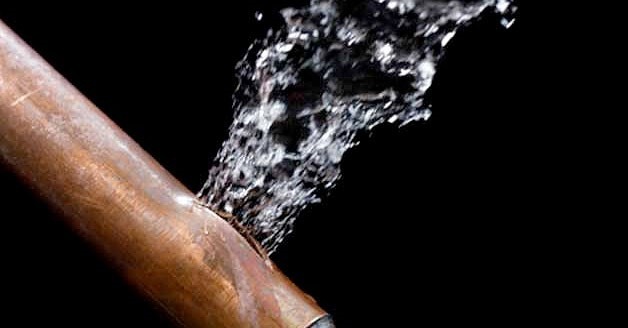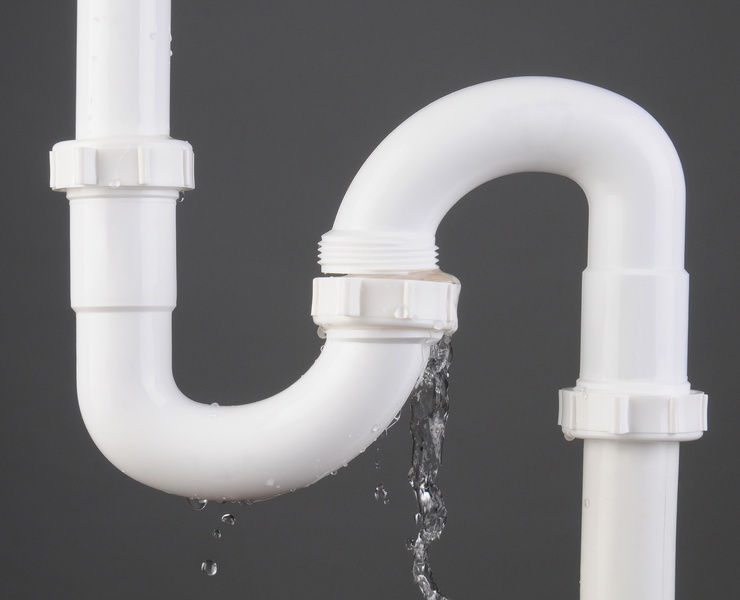Just about everyone seems to have his or her own idea involving Hacks to detect leaks.

Early detection of dripping water lines can mitigate a possible catastrophe. Some little water leakages may not be noticeable.
1. Analyze the Water Meter
Every house has a water meter. Inspecting it is a proven manner in which aids you discover leakages. For beginners, switch off all the water sources. Guarantee no one will flush, use the faucet, shower, run the washing maker or dish washer. From there, most likely to the meter as well as watch if it will alter. Given that no one is utilizing it, there need to be no activities. That shows a fast-moving leak if it moves. If you identify no adjustments, wait an hour or two as well as check back again. This means you may have a sluggish leak that can even be below ground.
2. Inspect Water Usage
Analyze your water costs as well as track your water consumption. As the one paying it, you ought to notice if there are any inconsistencies. If you spot sudden changes, despite your intake coinciding, it suggests that you have leakages in your plumbing system. Bear in mind, your water costs must drop under the same array monthly. An unexpected spike in your costs indicates a fast-moving leakage.
A stable boost every month, even with the very same habits, reveals you have a slow leakage that's also gradually escalating. Call a plumber to thoroughly inspect your residential or commercial property, particularly if you really feel a cozy area on your floor with piping underneath.
3. Do a Food Coloring Test
When it comes to water consumption, 30% comes from bathrooms. If the color somehow infiltrates your bowl throughout that time without flushing, there's a leak in between the storage tank as well as bowl.
4. Asses Exterior Lines
Do not fail to remember to check your outdoor water lines too. Examination faucets by connecting a garden hose pipe. Should water permeate out of the link, you have a loose rubber gasket. Change this as well as make certain all links are limited. If you have actually obtained a lawn sprinkler, it will assist get it properly examined and also kept yearly. One little leakage can waste tons of water and also spike your water bill.
5. Analyze the scenario and also examine
Homeowners need to make it a routine to check under the sink counters and even inside cupboards for any type of bad odor or mold and mildew development. These two red flags show a leakage so prompt attention is required. Doing regular assessments, also bi-annually, can save you from a major issue.
Inspect for discolorations and also weakening as a lot of pipelines as well as appliances have a life span. If you suspect leaking water lines in your plumbing system, don't wait for it to rise.
Early detection of leaking water lines can alleviate a possible calamity. Some little water leaks may not be visible. Checking it is a guaranteed method that helps you uncover leakages. One little leakage can waste bunches of water and spike your water expense.
If you believe dripping water lines in your plumbing system, do not wait for it to rise.
WARNING SIGNS OF WATER LEAKAGE BEHIND THE WALL
PERSISTENT MUSTY ODORS
As water slowly drips from a leaky pipe inside the wall, flooring and sheetrock stay damp and develop an odor similar to wet cardboard. It generates a musty smell that can help you find hidden leaks.
MOLD IN UNUSUAL AREAS
Mold usually grows in wet areas like kitchens, baths and laundry rooms. If you spot the stuff on walls or baseboards in other rooms of the house, it’s a good indicator of undetected water leaks.
STAINS THAT GROW
When mold thrives around a leaky pipe, it sometimes takes hold on the inside surface of the affected wall. A growing stain on otherwise clean sheetrock is often your sign of a hidden plumbing problem.
PEELING OR BUBBLING WALLPAPER / PAINT
This clue is easy to miss in rooms that don’t get much use. When you see wallpaper separating along seams or paint bubbling or flaking off the wall, blame sheetrock that stays wet because of an undetected leak.
BUCKLED CEILINGS AND STAINED FLOORS
If ceilings or floors in bathrooms, kitchens or laundry areas develop structural problems, don’t rule out constant damp inside the walls. Wet sheetrock can affect adjacent framing, flooring and ceilings.
https://www.servicemasterbyzaba.com/blog/how-to-detect-water-leakage-in-walls/

As a serious reader on Top leak detection hacks, I was thinking sharing that chunk was essential. Don't hesitate to take the opportunity to distribute this content if you enjoyed it. We value reading our article about Detecting hidden plumbing leaks.